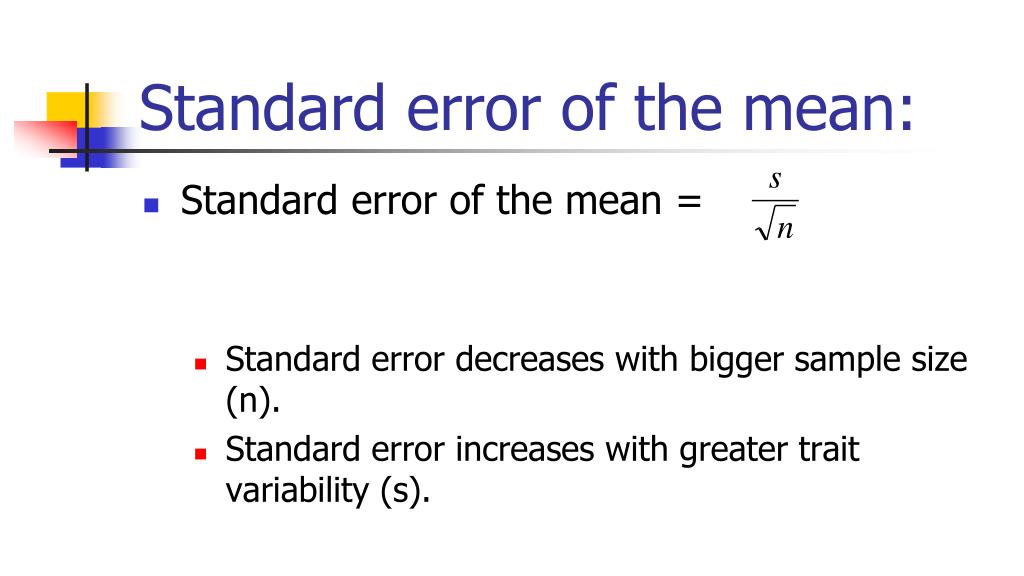

However, there’s no guarantee that this estimate will exactly match the true population proportion so we typically calculate the standard error of the proportion as well. This means our best estimate for the proportion of residents in the population who supported the law would be 0.157. For example, if 47 of the 300 residents in the sample supported the new law, the sample proportion would be calculated as 47 / 300 = 0.157. We would then use this sample proportion to estimate the population proportion. n: The total number of individuals in the sample.x: The count of individuals in the sample with a certain characteristic.We would then calculate the sample proportion (p̂) as: Instead of going around and asking every individual resident if they support the law, we would instead collect a simple random sample and find out how many residents in the sample support the law. The only thing that has changed is the formula for the maximum error of the estimate.Often in statistics we’re interested in estimating the proportion of individuals in a population with a certain characteristic.įor example, we might be interested in estimating the proportion of residents in a certain city who support a new law. Notice the formula is the same as for a population mean when the population standard deviation is Limits for the confidence interval are now found by subtracting and adding the maximum error of On the TI-82, a good choice would be the letter E. Once you have computed E, I suggest you save it to the memory on yourĬalculator. Is a factor of the level of confidence and the sample size. The t here is the t-score obtained from the Student's t table. If the population standard deviation, sigma is unknown, then the mean has a student's t (t)ĭistribution and the sample standard deviation is used instead of the population standard For a single mean, there are n-1 degrees of freedom. The t-scores can be negative or positive, but the probabilities are always positive.Ī degree of freedom occurs for every data value which is allowed to vary once a statistic has beenįixed.As the sample size increases, the t distribution approaches the normal distribution.There are actually many t distributions, one for each degree of freedom.It has a standard deviation and variance greater than 1.The Student's t distribution is very similar to the standard normal distribution. Wouldn't allow him to publish his work under his name, so he used the pseudonym "Student". Student's t distribution was created by William T. When the population standard deviation is unknown, the mean has a Student's t distribution. Interval are now found by subtracting and adding the maximum error of the estimate from/to the

The reason for this is that the limits for the confidence Once you have computed E, I suggest you save it to the memory on your calculator. Level of confidence, so you may get in the habit of writing it next to the The Z here is the z-score obtained from the normal table, or the bottom of the t-table asĮxplained in the introduction to estimation. The maximum error of the estimate is given by the formula for E shown. If the population standard deviation, sigma is known, then the mean has a normal (Z) distribution. You are estimating the population mean, mu, not the sample mean, x bar. Stats: Estimating the Mean Stats: Estimating the Mean


 0 kommentar(er)
0 kommentar(er)
